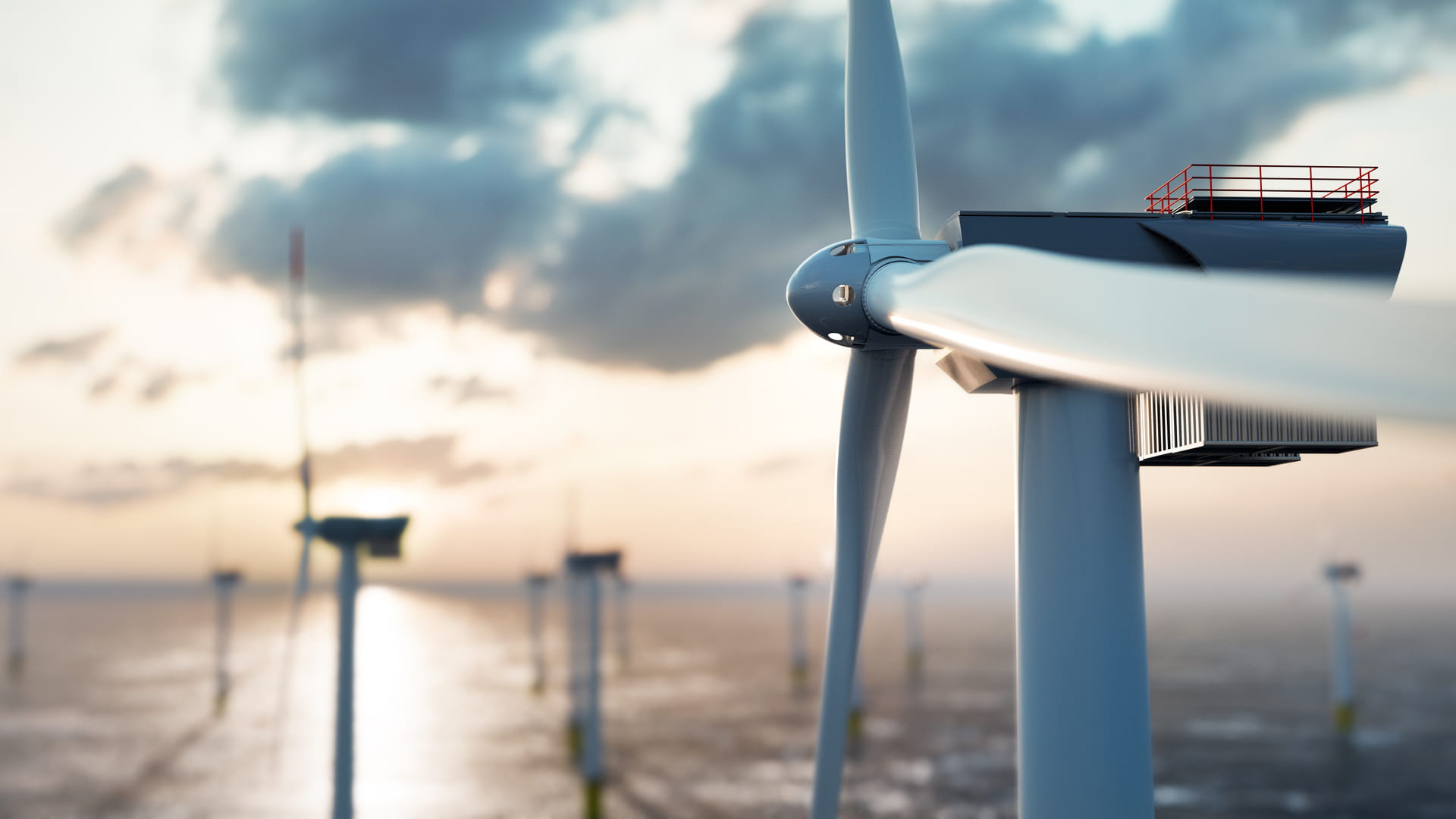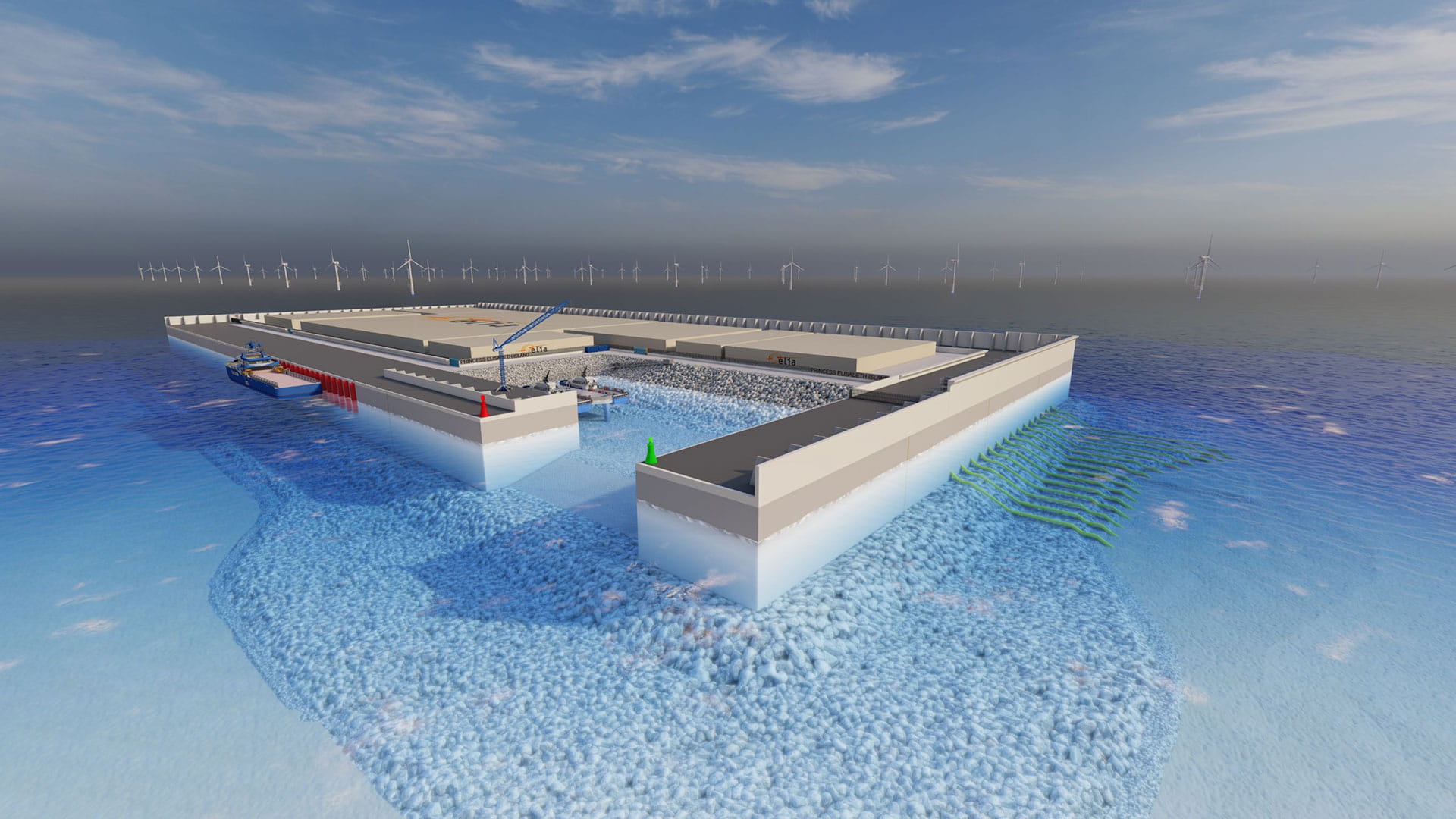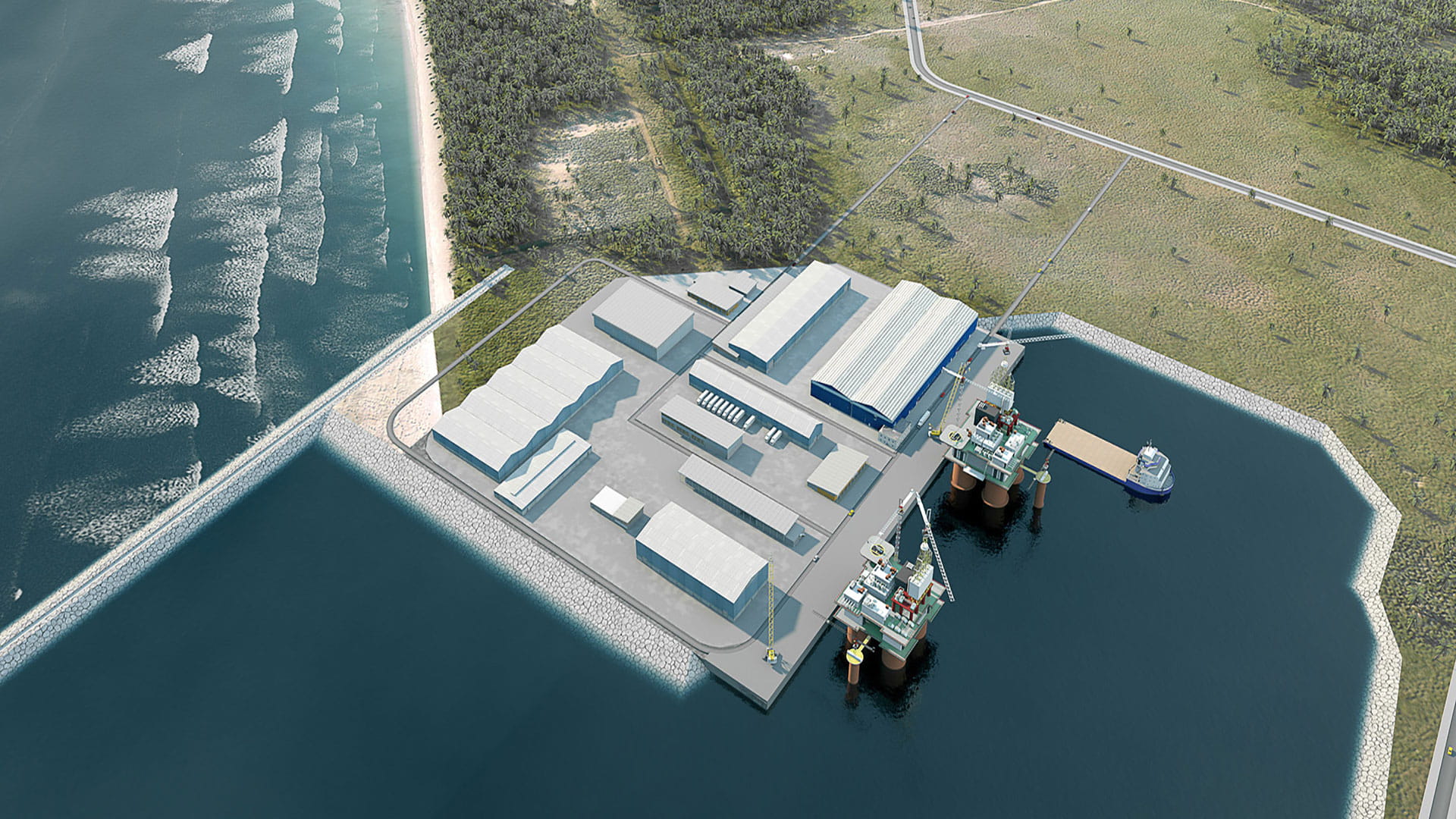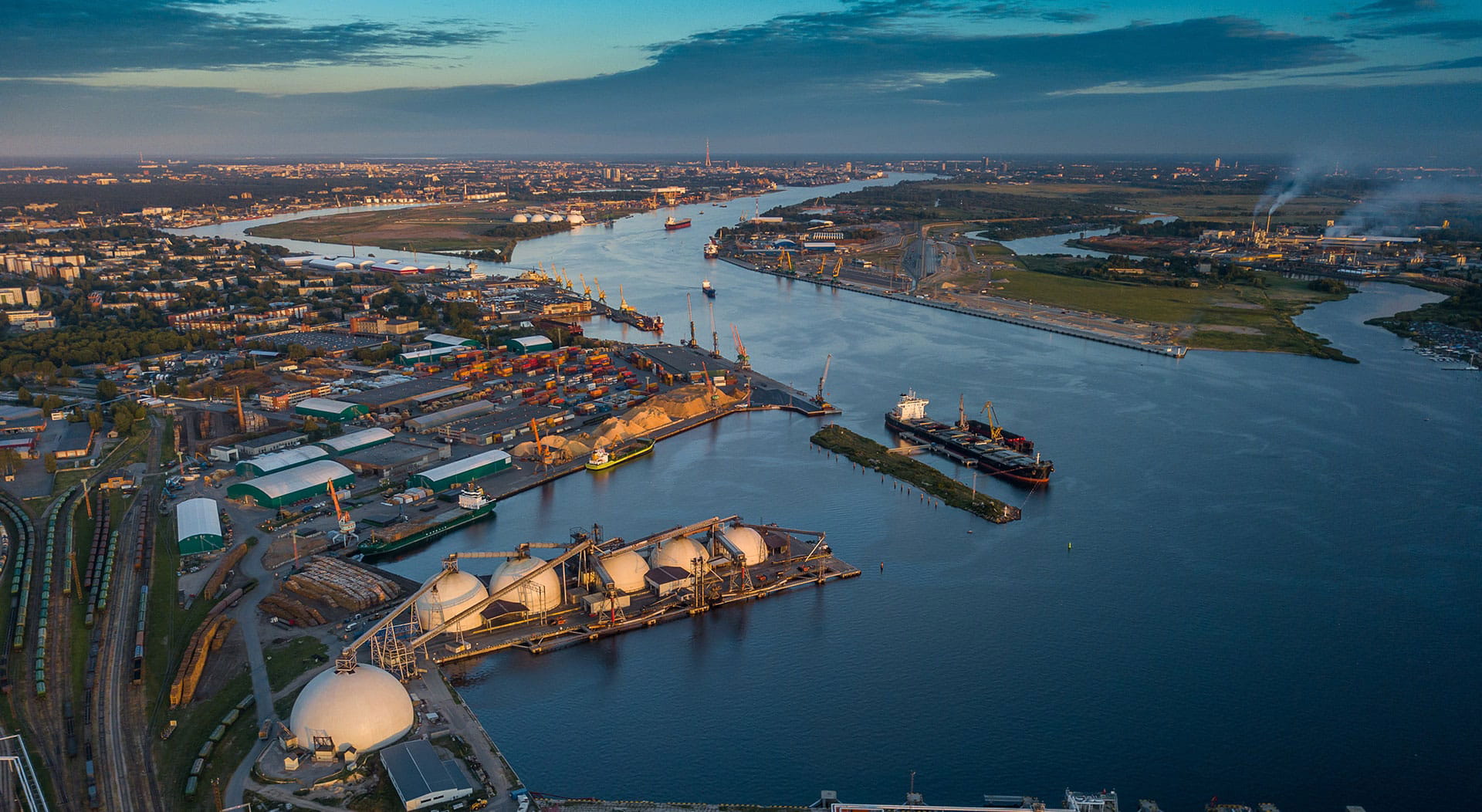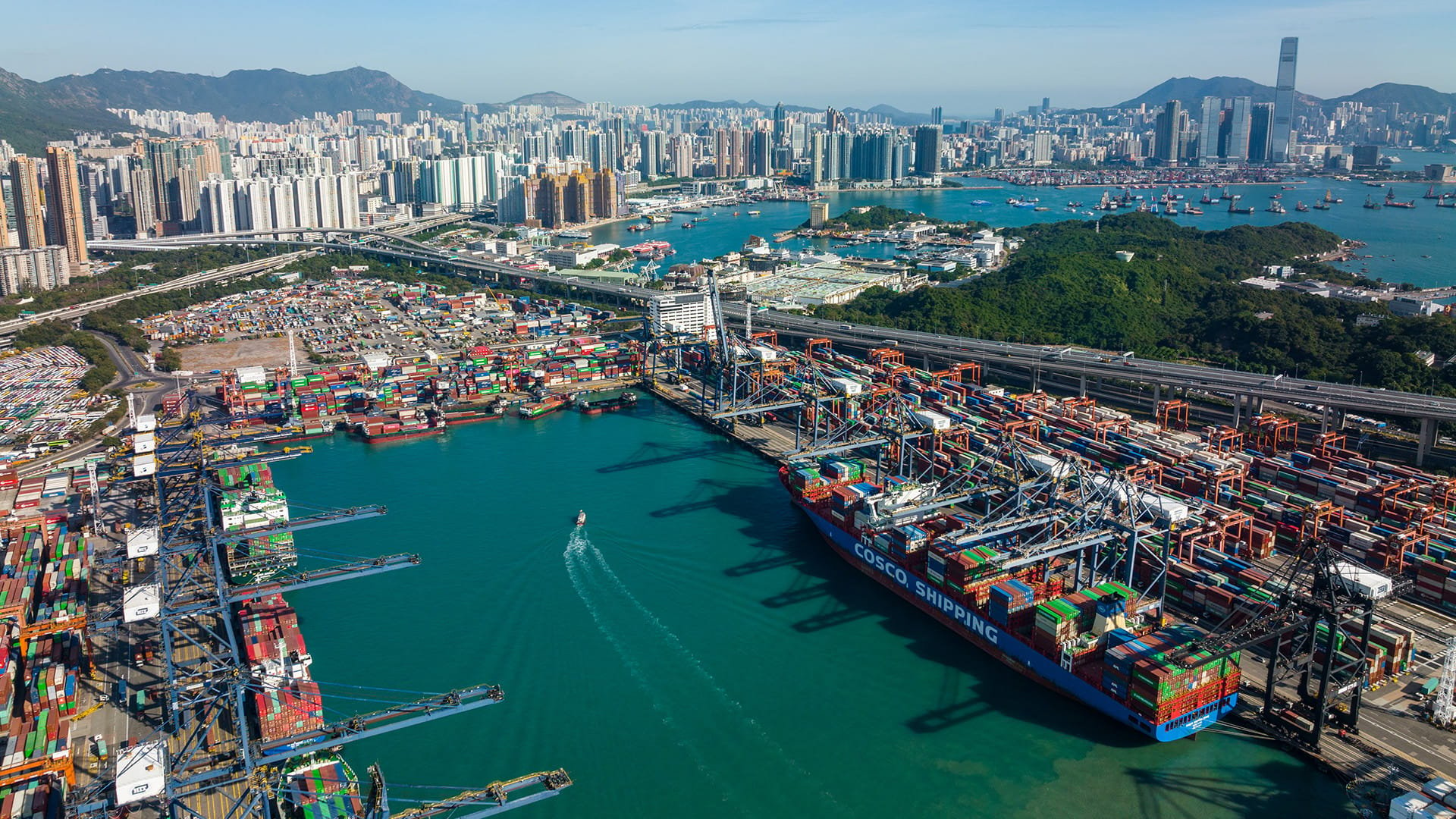Wind: an opportunity for ports

Authors: Jolke Helbing, Director Maritime Economics & Operations and Leading Professional & Patrick Walison, Consultant Maritime Strategy & Economics
The global shift to renewable energy is creating opportunities for ports around the world. For instance, the EU and UK have targets for at least 60GW and 50GW of offshore wind capacity by 2030 respectively – and ports are central to making this happen.
This vital new revenue stream is impossible to ignore – plus it gives ports the chance to be part of creating a more sustainable future. But before they can capitalise on this new market, ports will need to evolve.
Key take-aways
2. Where the gaps in port infrastructure currently exist
3. How you can fill those gaps with the right development
4. How expert support can remove complexity and get you started
A critical time for investment
If we look at the UK and Ireland as an example, it’s clear just how big the offshore wind opportunity is for ports.Currently, most offshore wind facilities for Ireland and the UK’s west coast are installed in the Irish Sea. Here, the seabed is shallow enough to accommodate fixed-bottom offshore wind developments, and the 13 farms in this area have a combined capacity of almost 3 GW.
Technological and commercial advancements have resulted in increasing scale for and investments in fixed bottom, while floating offshore wind (FLOW) is expected to mature towards the end of this decade.
Growing interest in floating offshore wind (FLOW) is making attentions turn to the Celtic Sea – an area that was previously excluded for offshore wind as it’s too deep for fixed infrastructure, but shows large potential for FLOW for both the UK and Ireland.
As well as scaling and developing fixed-bottom offshore wind over the next decade, governing bodies have set specific targets for FLOW projects.
The UK offshore wind target specifies a sub-target of 5GW to be delivered by FLOW by 2030. And the Crown Estate plans to award 4GW of seabed rights to FLOW projects in the Celtic Sea by 2035.
Timing is critical, though. FLOW projects are expected towards 2030 and preparations in the ports will likely require 4-5 years to be ready to support FLOW projects. The port authorities that make the most of these opportunities will be the ones that act soon.

Offshore wind needs you
Ports are a central part of offshore wind development. They play a vital role in local supply chains, logistics, and supporting infrastructure as raw materials, base components, equipment, and wind turbines all need to be transported from the mainland to offshore sites.
But to meet the ambitious targets for offshore wind, port capacities will need to grow.
For example, there are 45 offshore wind farms in early development in the Irish Sea and Celtic Sea, 19 of which are FLOW and will have a combined capacity of 8,299 MW when complete.
The UK and Ireland have limited port facilities that would be able to handle the expected scale and number of turbines required for industrial deployment of offshore wind. Major investment and port facility preparations will be vital.
With time running out to meet 2030 commitments, there’s a growing sense of urgency to develop port infrastructure and facilities. These developments will require large operational, logistical, and storage requirements – and some of the specific manufacturing opportunities will need deep-water port facilities, too.

Across Europe, offshore wind has created a huge opportunity for ports to diversify revenue streams and get involved in a new market.
The role of ports
There are some common requirements for port modifications needed to facilitate offshore wind development projects.
These include:
- Sufficient water depths and access channel width
- Adequate quayside space and load bearing capacity
- Land area for storage, assembly, manufacturing, and operations
- Crane capacity to transport and lift components and integrate turbines within the port
- Launch and wet-storage facilities
- Manufacturing and assembly facilities for key components
But the role of a port differs depending on the specific project and their role in the wider value chain. Fixed-bottom offshore wind and FLOW have different infrastructure requirements, and therefore place different demands on ports.
Fixed-bottom offshore wind
For fixed-bottom developments, ports act as manufacturing and transportation hubs. Components like cables, foundations, transition pieces, towers, and turbines are often manufactured and sourced from locations across Europe – or sometimes further afield.
Developers will look for the best-equipped and most efficient manufacturing location for their specific project, often using multiple locations to secure and derisk supply.
Once manufactured, components can be loaded directly onto a transport and installation vessel from the manufacturing port. Or transported to an installation port close to the project site.
Floating offshore wind
FLOW projects place a larger demand on ports than fixed bottom. Many components, like the large FLOW turbines and the floating substructures they need to stand on, will require an installation port once manufactured.
An installation port will need to handle, store, integrate, launch, and wet-store FLOW turbines before they are towed to their final location.
And the role of ports doesn’t end once installation is complete. Operation and maintenance, monitoring, and repairs will be required throughout the asset lifetime of offshore wind farms.
These assets will need continuous monitoring, experts on site, inspections and small and larger repairs of systems, components, blades and cables. For FLOW large component replacement are expected to be taking place in the port, requiring significant space in the port.
A vital chance to diversify
It’s a lot to think about. And creating the appropriate facilities does throw up significant challenges for ports.
Uncertainty in project timelines and the size of required infrastructure can complicate spatial planning. Demanding requirements from offshore wind farm developers and a lack of clear design envelopes can also complicate the planning, permitting and consenting process.
Ports also need substantial funding to support offshore wind developments. Upgrading and expanding your existing port infrastructure takes significant investment. And when these facilities may only be used for a single project, building a business case can be complex.
But if you can overcome these challenges, the opportunity is significant.
By getting involved in the offshore wind market early, you can build a favourable position amongst developers. This will reduce your existing reliance on the declining fossil industries that may have a prominent place in your port today – and diversify your markets.
And off the back of a central role in offshore wind, your port could also develop a larger role in energy transition. It could be a homebase to offshore installation companies, landing hub for offshore electricity and other energy carriers, and a transport hub of new energy sources and alternative fuels. Offshore wind activities and facilities can be smartly combined with offshore O&G, decommissioning and new cargo trade opportunities.
Understanding and defining the potential role your port could have in offshore wind now will help you identify multi-purpose, scalable, and technology agnostic infrastructure options for your site. And help you create a holistic business case to build a better future for your port.
Get help to reduce complexity
The right expert in this area can help you to cut through the complexity and build a strong case for your offshore wind investment.
Perhaps you need to look at how offshore wind facilities will fit into your port’s master plan, or discuss development from a strategic and financial perspective. If you can lean on the experience of specialists who understand requirements and tailor them to your site, you’ll more likely create successful projects.
At Royal HaskoningDHV, we combine our technical and engineering knowhow with a deep understanding of how to build a commercial and economic business cases. Our consultants can help you better understand your port’s suitability to facilitate offshore wind projects and assist you with economic planning and strategy.
And we can also be by your side for the entire development lifecycle, giving you all the support you need for your design, build and ongoing operations.
We’d love to talk more about what your port’s role could be in the offshore wind market. So do get in touch to start the conversation today – and take the first steps towards a brighter tomorrow.
Webinar: Transforming your port into a wind port
We held a webinar discussing trends in the offshore wind market in the emerging European countries, what ports can do to meet demand and capitalise on the opportunity, and how to build a robust business case for offshore wind developments.
Watch our on-demand Offshore Wind Ports webinar to hear expert discussion of all of these topics.


